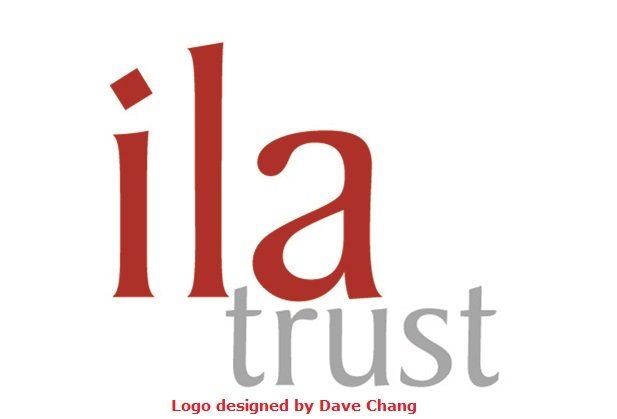Electronic Medical Record (EMR)
Electronic Medical Record System based on C# (frontend) and SQL (Backend) technology.
- Â At the first stage the patients are screened and their photo identification is taken, with some basic information like Photo, Name, DOB, place of origin (helps us to know about migrant workers) and occupation etc.
- At the second stage the patients see a Doctor and a prescription is written.
- At the third stage the patients receive their medications.
Â
A crucial part of the EMR is being able to view the data we are collecting very easily.
The use of EMR by Ila Trust has been a great learning experience. It has given us a new dimension of what technology can do for better patient care.
Advantage of Electronic Medical Record system:-
Â
- Helps to track patients and their health condition and outcomes easily over time. We are able to view the history of Patient in just one click. With an EMR, doctors will be able to see what medications a patient has received in the past, or what symptoms and diseases the patient has contracted and how their pathologies have fluctuated over time. Decision-making based on this evidence will lead to an improved degree of patient care.
- Build up medical health data according to season, locations etc.
- The EMR will manage the dosages of medications our clinicians prescribe, and in some cases provide automatic suggestions and warning pop-up messages to our doctors. Sometimes, due to an oversight, doctors may prescribe dosages of medications which are not optimal; this oversight will be highlighted for correction immediately.
- We now have a record of all our patients, their age, gender, profession, how often they use our health care facility, their health problems, our diagnosis and the medicines we gave them/prescribed and their efficacy and whether the condition of the patient has positively impacted.
- We have a record of each doctor and the number of patients per doctor attended to during the day/week/month; the medicines dispensed by our pharmacy in the course of the day/week/month leading to a better inventory management etc.
-
We can take pictures of wounds and injuries so that when the patient comes next time the doctor can check the recovery of the patient.
-
We have added a pop-up message (warning messages) if Doctor prescribes an overdose, we can suggest to the Doctor for special care. For example if the Doctor is prescribing anti-biotic to a 2yrs old child then warning message will come “Kindly do not prescribe anti-biotic to children below 14yrsâ€. With this we can provide better health care services. Also if a patient is underweight then a pop message will come with the suggestion to provide nutrient product like soya nuggets or protein power.





